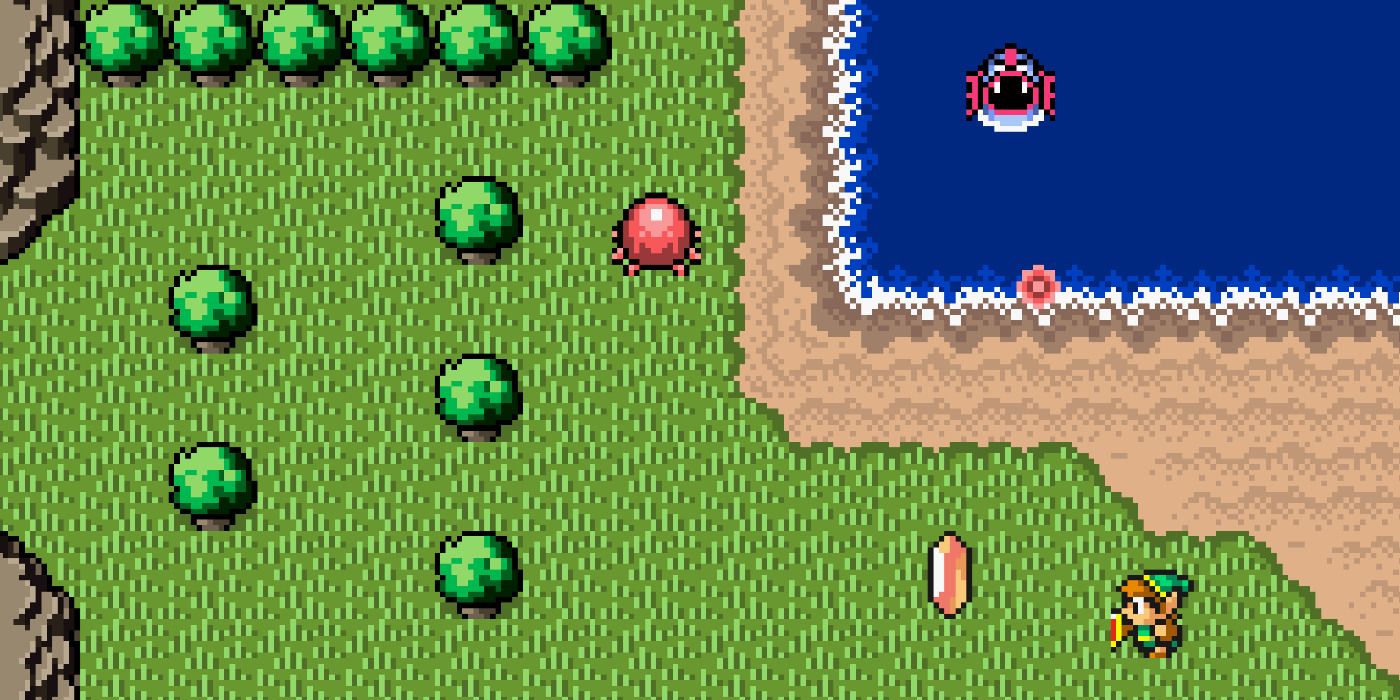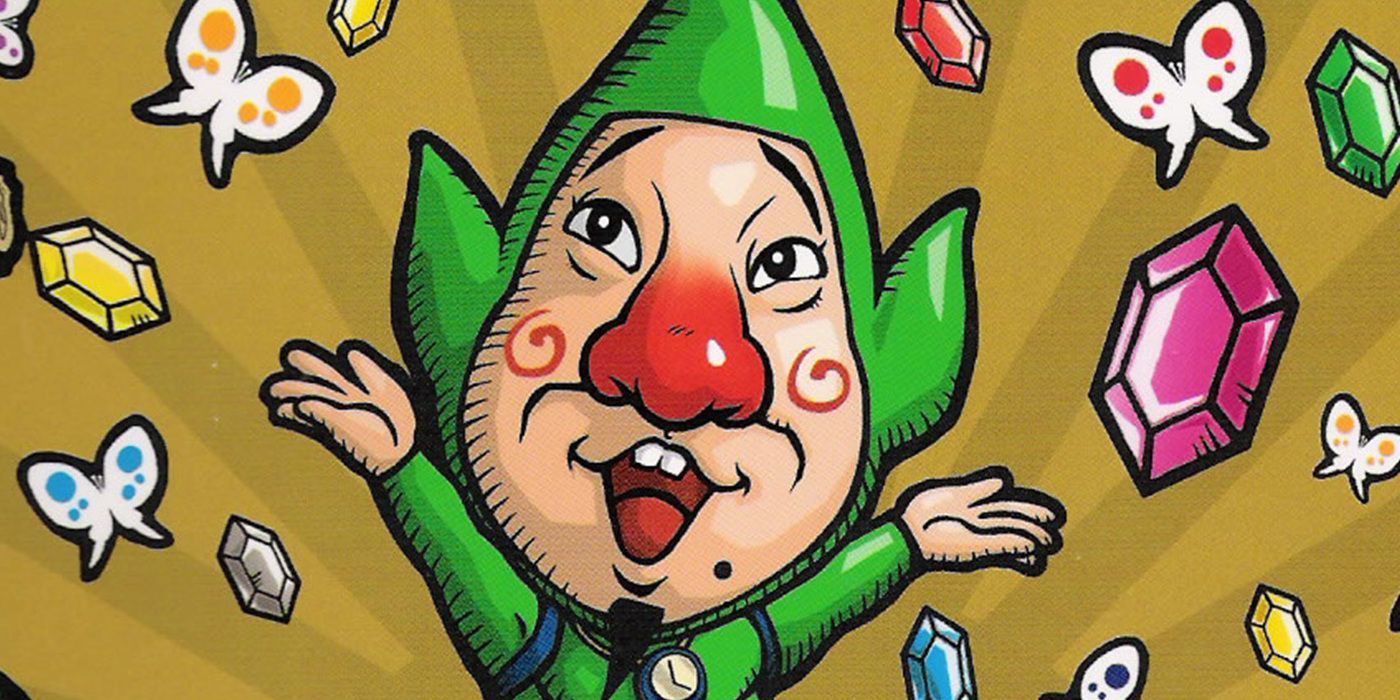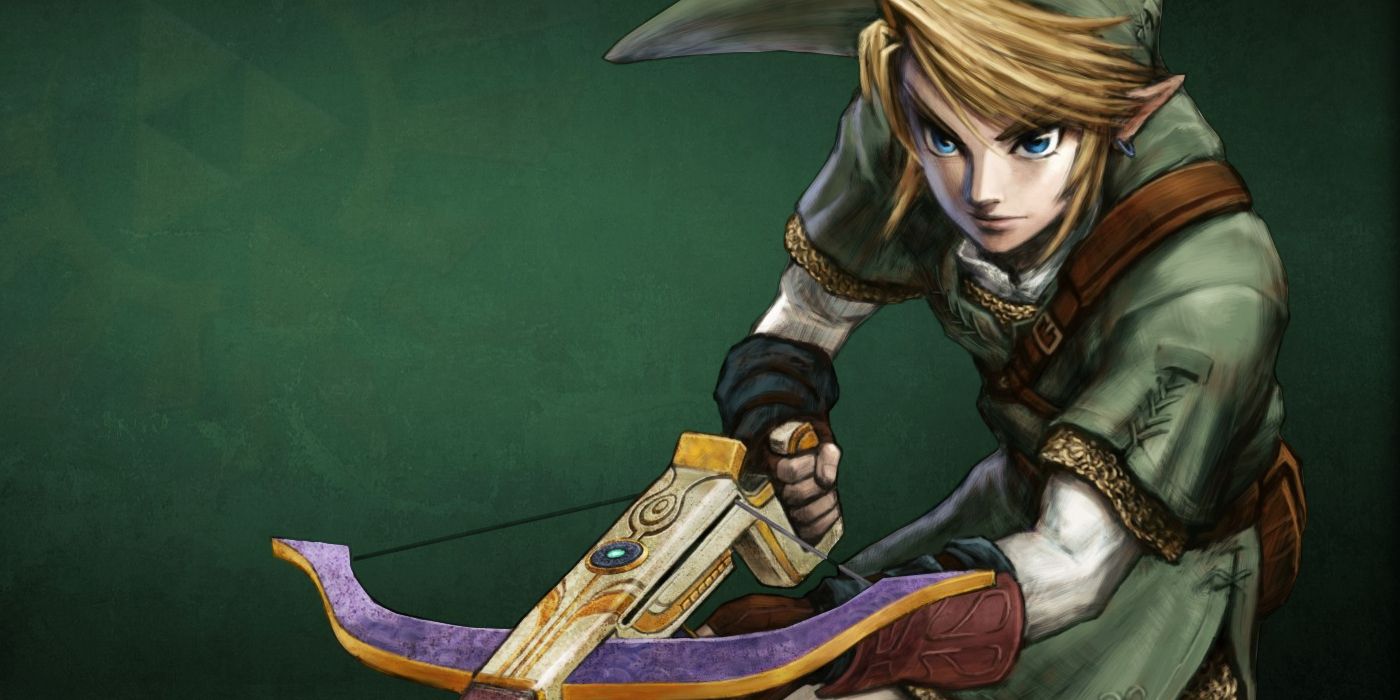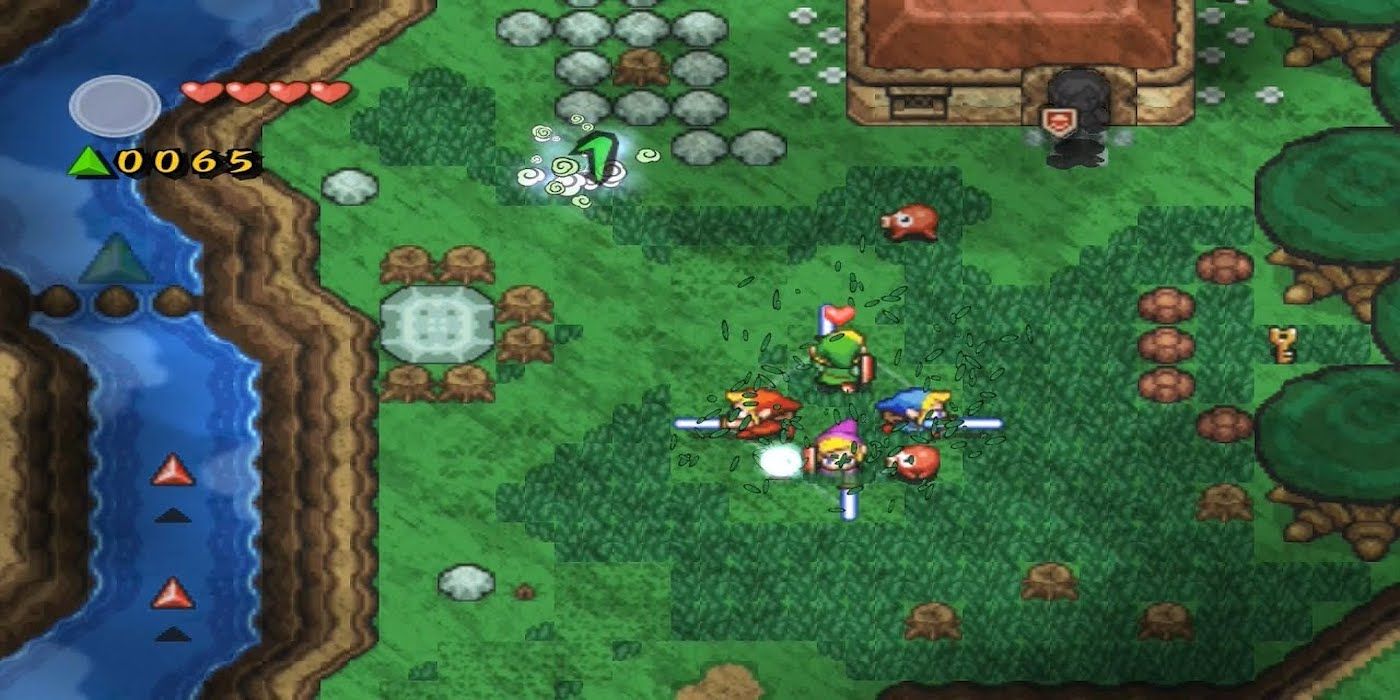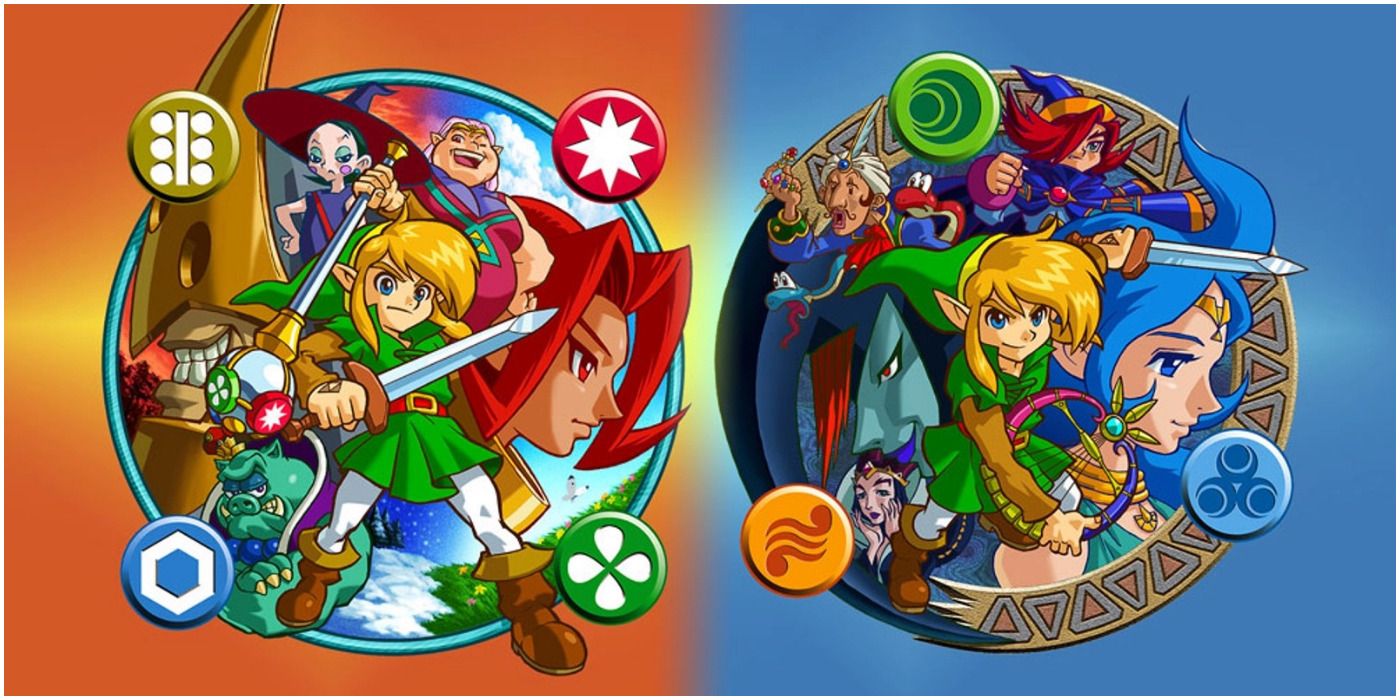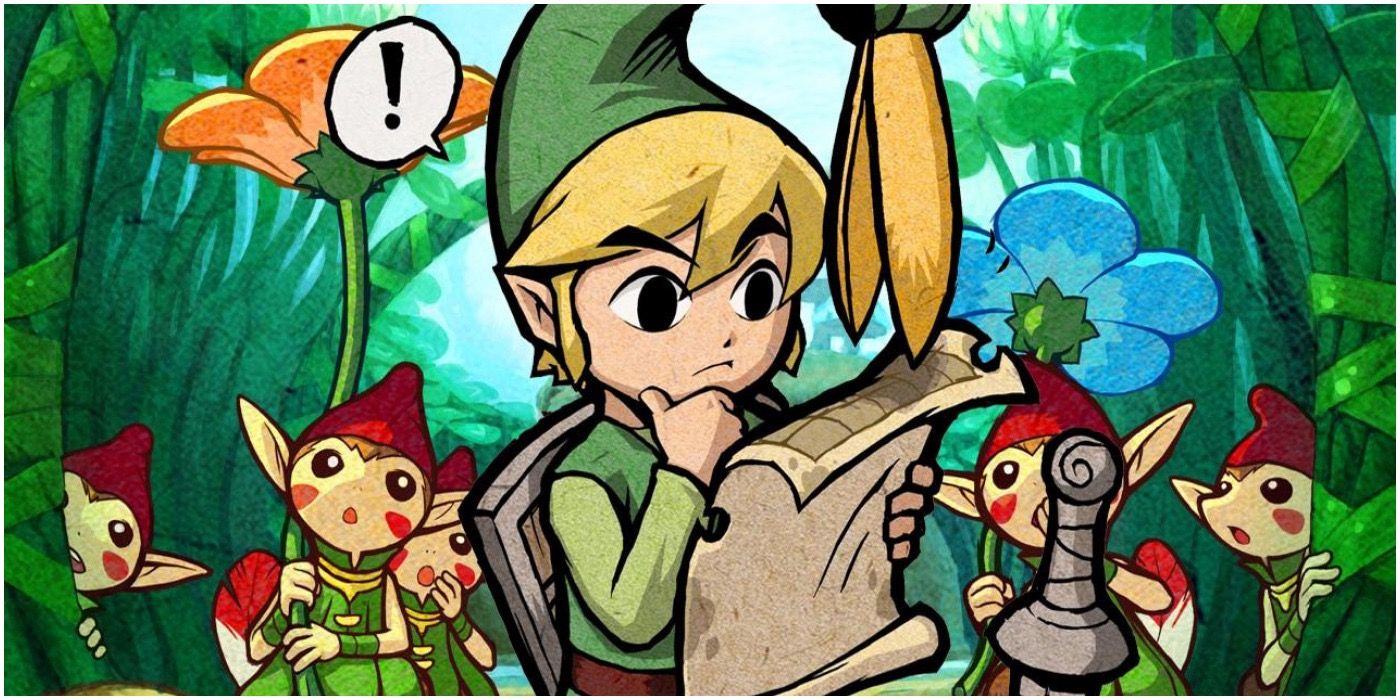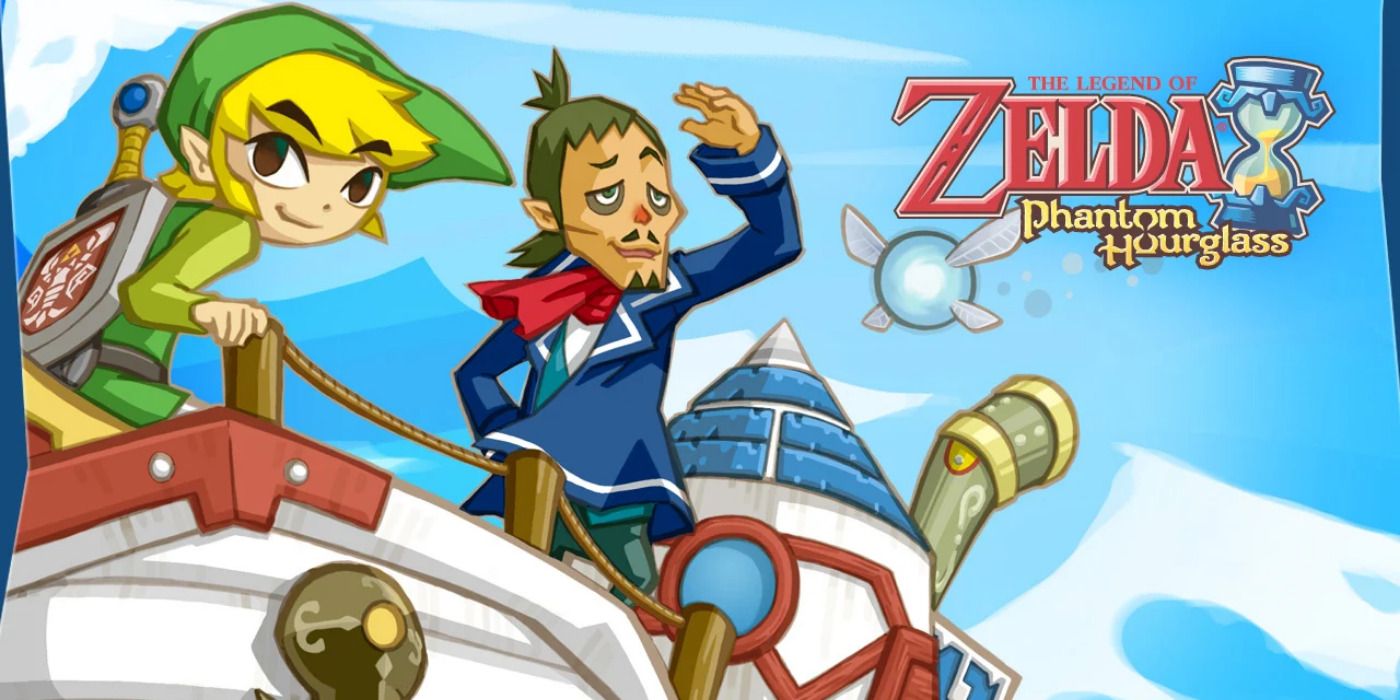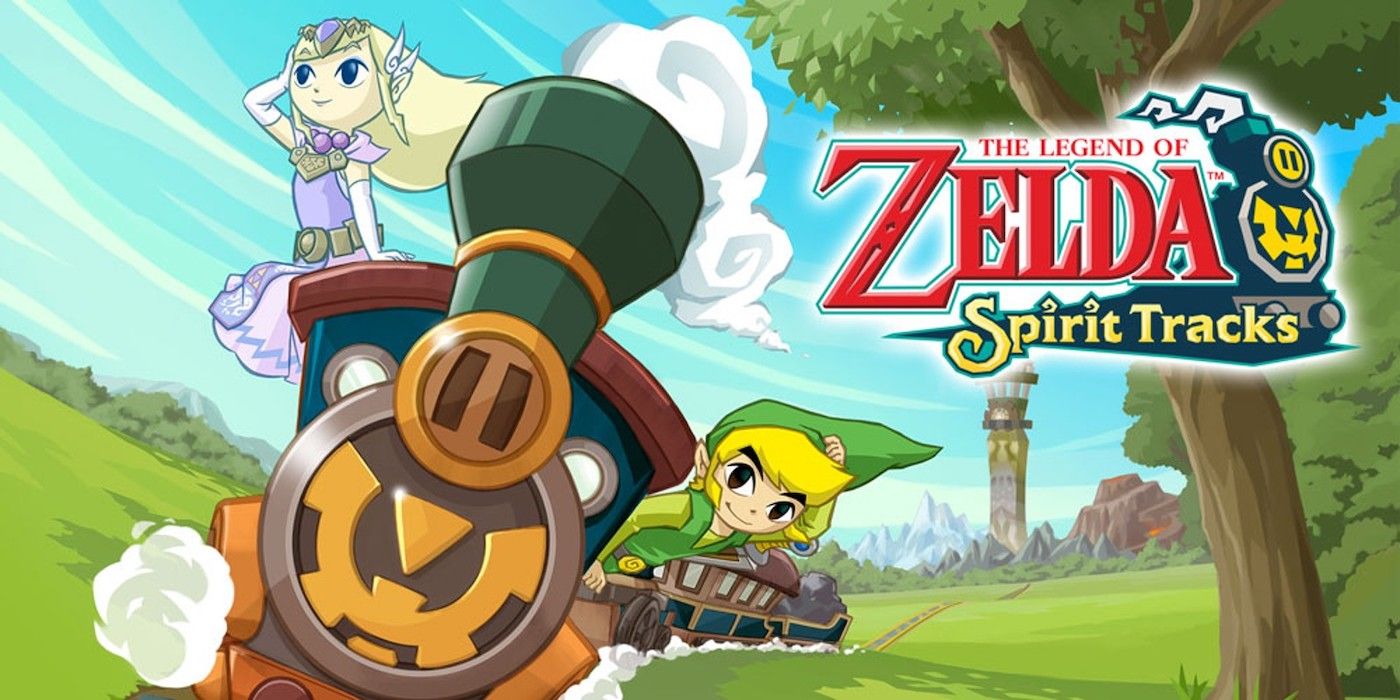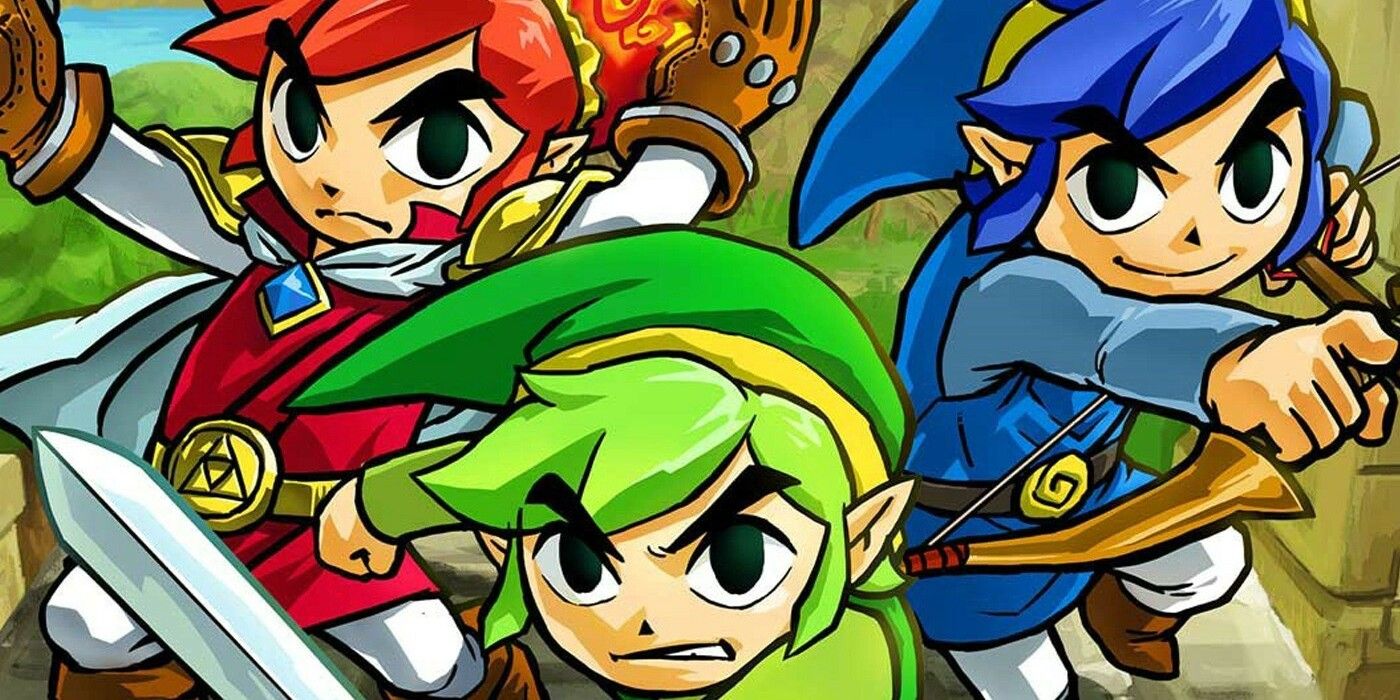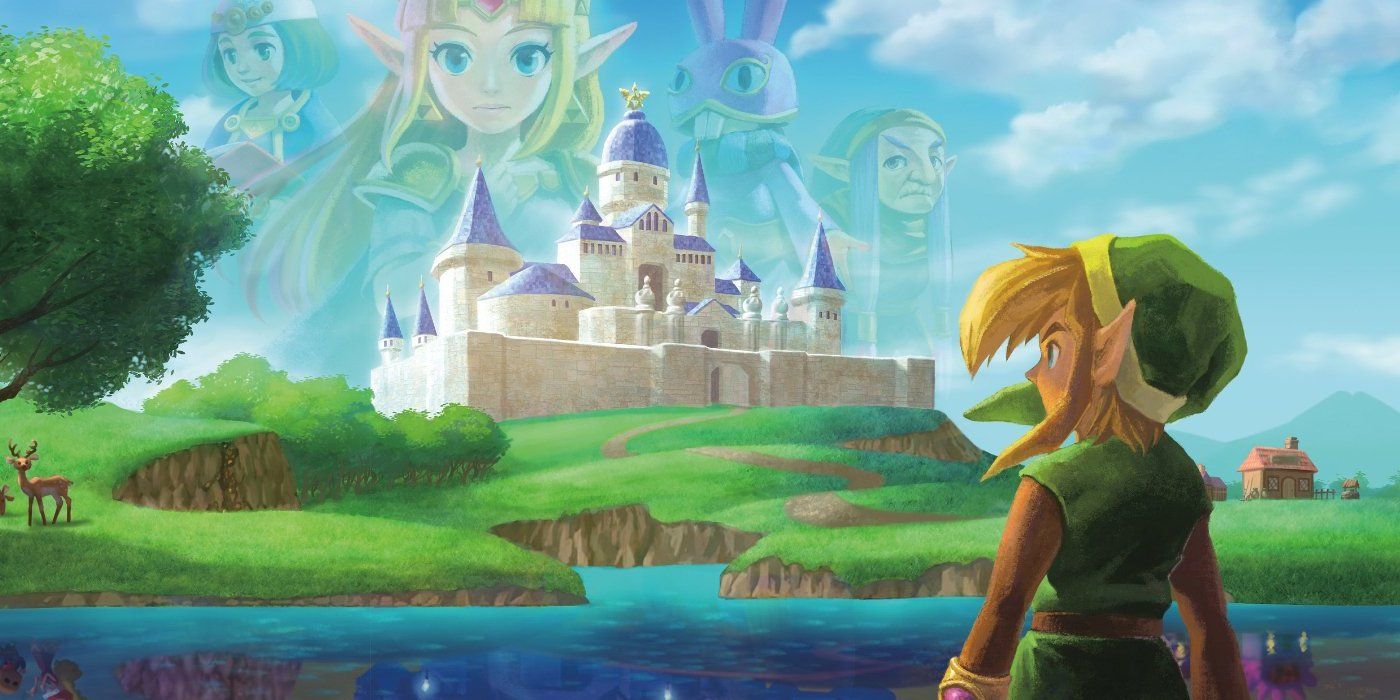The Legend of Zelda has been popular ever since it debuted on the Famicom. 2021 marks this series’ 35th anniversary and it has a lot of celebrated titles under its belt. Fans want HD remasters of a lot of the main entries like The Wind Waker and Ocarina of Time.
What about the lesser-known titles? There are some games out there that many fans haven’t been able to play since they were released. Some fans may not even know these games existed at all or maybe they just forgot about them. Some aren't that memorable, but others may need a revival in some way. The Philips CD-i games almost made the list, but those are more like games fans wish they could forget. Instead here's a look back at forgotten titles on the SNES, DS, Wii, GameCube, Game Boy, and more.
10 BS Zelda no Densetsu
The Japanese SNES got an exclusive add-on called the Satellaview. With it came a plethora of digital games including two Zelda titles that were released episodically.
The first was BS Zelda No Densetsu in 1995 which was a remake of the first game. The other was BS The Legend of Zelda: Ancient Stone Tablets in 1997 which sort of continued the adventures of A Link to the Past.
9 Freshly-Picked Tingle's Rosy Rupeeland
Freshly-Picked Tingle's Rosy Rupeeland was released in 2006 for the DS. It was also released in Europe a year later. It’s an adventure puzzle game starring Tingle.
He actually got a lot of spinoffs with some coming to Europe but others staying in Japan. Ripened Tingle's Balloon Trip of Love was released as a Japanese exclusive in 2009 and played similarly to the other DS game.
8 Link's Crossbow Training
Link's Crossbow Training was released in 2007 for the Wii. It was a light-gun shooter that took place in the Twilight Princess world as that game released just a year prior.
During development, it was actually going to be more involved than just a light-gun shooter. Ideas were scrapped with the hopes that they would be reused for a now-canceled sequel.
7 The Legend of Zelda: Four Swords Adventures
The Legend of Zelda: Four Swords Adventures released for the GameCube in 2004. It is one of few games on the GameCube that tried to maximize the potential of combining the console with the Game Boy Advance.
Up to four players could team up, using the GBA as a controller and map. It was an expensive game to set up but it was also a lot of fun.
6 The Legend of Zelda: Oracle of Seasons/Ages
The Legend of Zelda: Oracle of Seasons and Oracle of Ages were 2001 Game Boy Color releases. They played like traditional top-down Zelda games with one favoring the power of time travel and the other favoring tampering with seasons as the gimmicks.
They were the first games Nintendo gave to Capcom to develop which was a gamble that paid off. Their plans were even more ambitious, with a now canceled third title in the works at one point.
5 The Legend of Zelda: The Minish Cap
The Legend of Zelda: The Minish Cap was another Capcom-made Zelda title and was released in 2005 for the GBA. This game's gimmick was unique in that Link’s hat could shrink him down.
The concept alone makes The Minish Cap one of the more notable Zelda titles. It stands as a great top-down entry in the series that has been seemingly forgotten for generations now.
4 The Legend of Zelda: Phantom Hourglass
The Legend of Zelda: Phantom Hourglass was a spiritual sequel to The Wind Waker. It starred a version of Link in a flooded Hyrule, although it was not the same as in the GameCube game.
Released for the Nintendo DS, Phantom Hourglass was a fresh take on the series at the time of its release. Instead of a sailboat, Link and his Jack Sparrow-like friend, Captain Linebeck, use a steamboat complete with artillery and other interesting features.
3 The Legend of Zelda: Spirit Tracks
The Legend of Zelda: Spirit Tracks was a DS and Virtual Console game which released a couple of years later in 2009. The game served as the successor to Phantom Hourglass and earned much praise from critics and fans alike.
It made use of a train as its main gimmick. That’s a first for the Zelda series. A lot of complaints about the previous title was that it took place in one dungeon which this game rectifies. While it got good reviews, it never really exploded in popularity among the fandom.
2 The Legend of Zelda: Tri Force Heroes
The Legend of Zelda: Tri Force Heroes was a 2015 3DS release. It was sort of like a spiritual successor to Four Swords Adventures except it only supported three players.
The unique twist was that the various Links could put on costumes. This gave them unique powers to solve certain puzzles faster. While cute, reviews thought it felt a little uninspired and the multiplayer was a bit hard to set up.
1 The Legend of Zelda: A Link Between Worlds
The Legend of Zelda: A Link Between Worlds was a 2013 3DS sequel to A Link to the Past. This was a big deal at the time because many think that the SNES game is the best top-down entry in the series, if not the best overall.
Many mechanics would also inspire Breath of the Wild in some way. For example, instead of getting a tool in a dungeon to then using it to solve said dungeon, tools could be rented. It made the game less linear and thus more open.


